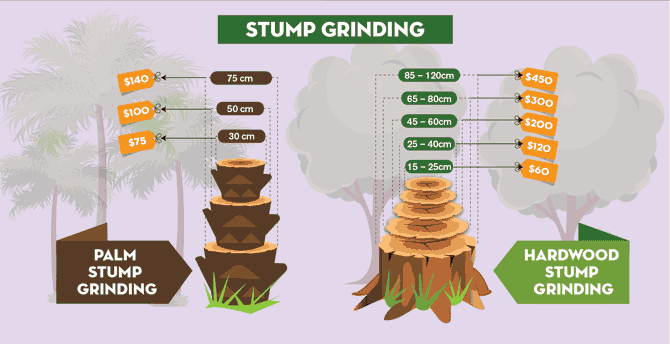Post-Tree Removal Assistance: Exactly How To Efficiently Restore Your Landscape
Post-Tree Removal Assistance: Exactly How To Efficiently Restore Your Landscape
Blog Article
Write-Up Created By-Graham Cho
After a tree's elimination, your landscape might look fairly various, and it's essential to examine the aftermath meticulously. You'll wish to assess the soil disruption and examine bordering plants for any type of signs of tension. Ignoring these elements can result in larger problems down the line. So, what should you do with those stumps and origins? And how do you choose the very best plants for your rejuvenated space? Let's check out these crucial steps.
Assessing the Aftermath: Assessing Your Landscape
After a tree removal, it's critical to examine your landscape to recognize the effect it carries your lawn.
Beginning by checking out the area where the tree stood. Try to find indications of dirt disturbance, and examine the surrounding plants for any anxiety or damages.
You ought to also bear in mind of just how the elimination has actually altered sunshine direct exposure and air flow in your garden. This shift can impact the development of nearby plants, so it's essential to assess their health.
Take into consideration the visual aspects too; the removal could develop an open space that you can upgrade.
Lastly, think about any possible disintegration concerns that could occur from the tree's lack. Addressing these aspects early will assist restore equilibrium to your landscape.
Handling Stumps and Roots: Alternatives for Removal
As soon as you have actually analyzed the aftermath of the tree elimination, you'll likely need to deal with the stump and roots left behind.
You have a couple of options for removal. One reliable method is stump grinding, where an expert makes use of a device to grind the stump down to below ground level. This method leaves minimal disruption to your landscape.
If you prefer a DIY approach, you can use a mix of excavating and chemical stump removers. Just remember, this procedure can take time and effort.
Conversely, think about leaving the stump as an all-natural function, which can serve as an one-of-a-kind garden element or environment for wildlife.
Whatever you pick, dealing with the stump and roots is essential for recovering your landscape.
Selecting the Right Plant Kingdoms for Your New Room
As you examine your recently removed room, selecting the right plants can substantially boost your landscape's beauty and capability.
Begin by thinking about What Is Tree Pruning and dirt problems. For sunny locations, opt for drought-resistant plants like lavender or succulents. In shaded https://www.camaspostrecord.com/news/2019/nov/21/details-on-roundabout-taking-shape/ , ferns and hostas flourish well.
Think of the dimension and growth practices of your plants; mix perennials and annuals for seasonal variety. Do not neglect to integrate https://connernicwp.blogdanica.com/35254098/the-gains-from-trimming-trees-enhancing-visual-quality-and-tree-health require much less upkeep and support regional wild animals.
Team plants in strange numbers for an extra all-natural appearance and create layers for visual deepness.
Ultimately, guarantee you have a mix of shades and structures to keep your landscape dynamic throughout the periods.
Pleased planting!
Conclusion
To conclude, restoring your landscape after tree removal is a fulfilling procedure. By assessing the after-effects, addressing stumps and roots, and selecting the right plants, you'll create a successful atmosphere. Don't neglect to incorporate erosion control procedures to protect your soil. With a little effort and treatment, you can change your space into a vibrant garden that improves your residential property. Accept the chance to invigorate your landscape and take pleasure in the appeal of nature right in your backyard!
